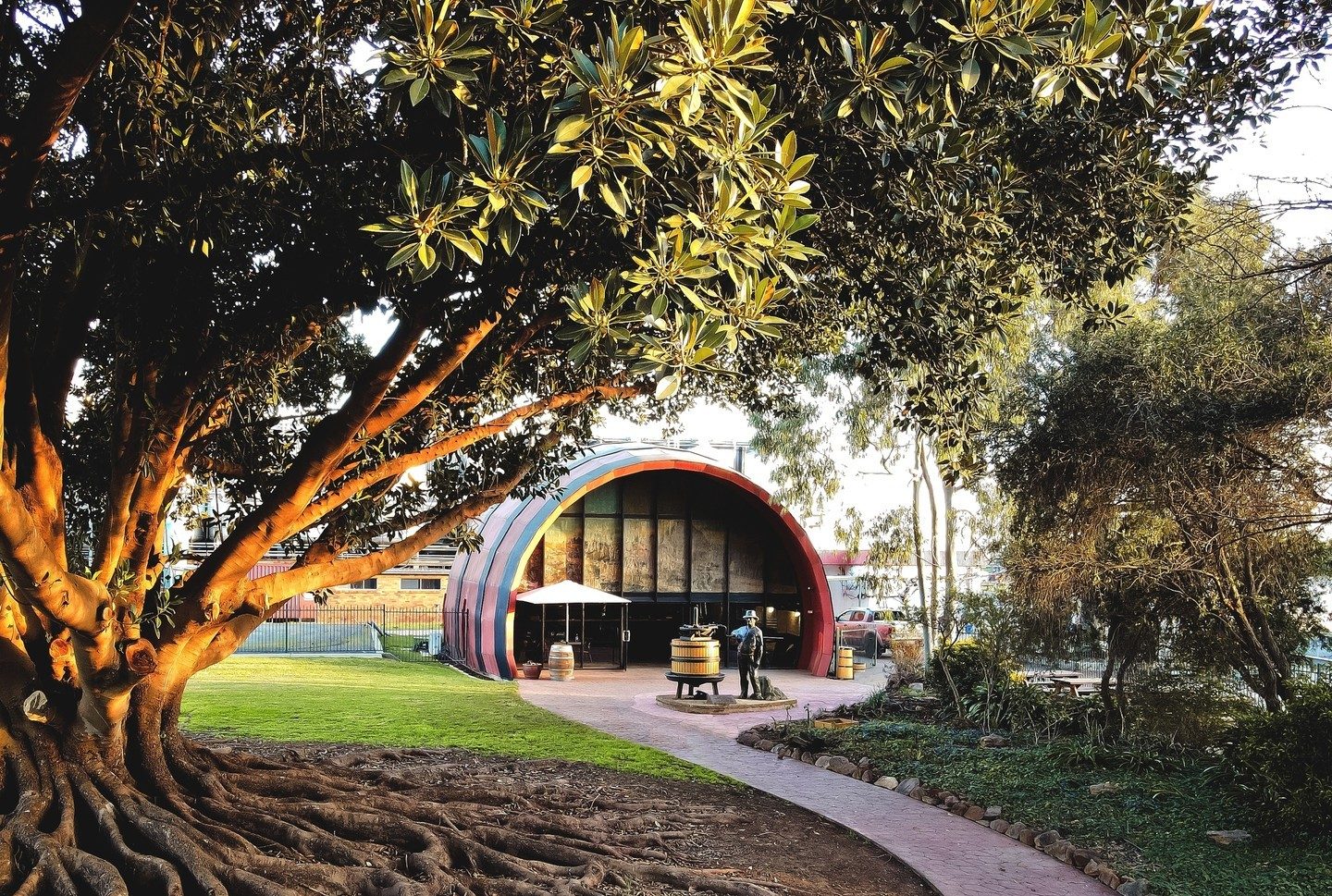McWilliam’s Chardonnay- A Taste of Burgundy in Australia?

Burgundy is indisputably the best known pinot noir and chardonnay region in the world and undeniably sets the benchmark for other regions to reach. And if there’s an Australian wine region that most closely emulates the climate of Burgundy, it’s arguably the Tumbarumba district in the western foothills of the Snowy Mountains. The famed “High Country” is steeped in Australian history from graziers to bushrangers and plenty of legendary characters.
The Tumbarumba region has held GI status since 1998 and stretches from north of the Tumbarumba township, south to the Murray River and out to Lankey’s Creek in the west. The vineyards sit at elevations of between 550 and 830 metres above sea level and benefit from cool nights and sunny days. In winter, it’s not uncommon to even receive a dusting of snow. Just like in Burgundy!
With a wide range of soil types, aspects and elevations, the collection of family-owned vineyards produce a range of cool climate wines including riesling, sauvignon blanc, pinot gris and, of course, pinot noir and chardonnay. But sadly for wine lovers, Tumbarumba only makes a small amount of wine. The vineyards themselves generally range in size from about 5 to 30 hectares and in total, manage to produce only about 150,000 cases of wine each year.
The quality of the Tumbarumba pinot noir is improving all the time, but it’s chardonnay that is the standout of the side. There are some terrific producers doing big things – like Eden Road, Clonakilla and Collector Wines alongside household names Calabria and McWilliams. And it’s the McWilliams label that caught my attention recently when I sampled their top end chardonnays – the 1877 Chardonnay and the McWilliams Single Vineyard Chardonnay. The fact that one of the country’s largest wineries would choose the Tumbarumba region to source the fruit for its most expensive chardonnays says much of the growing reputation of the area.

The fruit used for the 2022 Single Vineyard Chardonnay ($40) comes from a site at Glenburnie that sits at an elevation of about 710 m. It’s a very textural wine; a delightful creaminess emerges through the mid-palate to join stonefruit, honey, almond and orange rind across the palate. Time spent in a blend of French and Austrian oak adds complexity to a linear finale.
The 1877 range is a tribute to founder Samuel McWilliam who planted the family’s first vineyard in that year. And the 1877 Chardonnay ($80) would do the pioneer proud! It’s a classic cool climate chardy with nectarine, peach and hints of honeydew melon up front and a flinty quartz tang through the middle. Softened by partial malolactic fermentation, cashews and nougat characters join formidable acids to drive a lingering conclusion. It’s not surprising that Huon Hooke rated this the third best chardonnay in New South Wales this year.
With first plantings only about 40 years ago, the Tumbarumba region might be a relative newcomer to the Australian wine scene, but with chardonnay of the ilk of these McWilliams pair setting the pace, it’s only a matter of time before the region draws frequent comparisons to the old world’s best chardonnay site, Burgundy.
As published in The Courier Mail.